Every winter season is a good opportunity to enjoy enjoy filling meals and healthy foods that will help heal and support the body during such times.
The ingredients of the winter season are in season as they are fresh, full of taste and more importantly, they contain elements that the body in this period yearns for.
All these can be made into healthy and warm meals, from rooted tubers and stiff leafy vege s, to colourful and juicy halved oranges.
Let’s explore some of the top seasonal ingredients for healthy winter cooking and ways to make the most of them in your kitchen.
1. Root Vegetables: Nature’s Winter Powerhouses
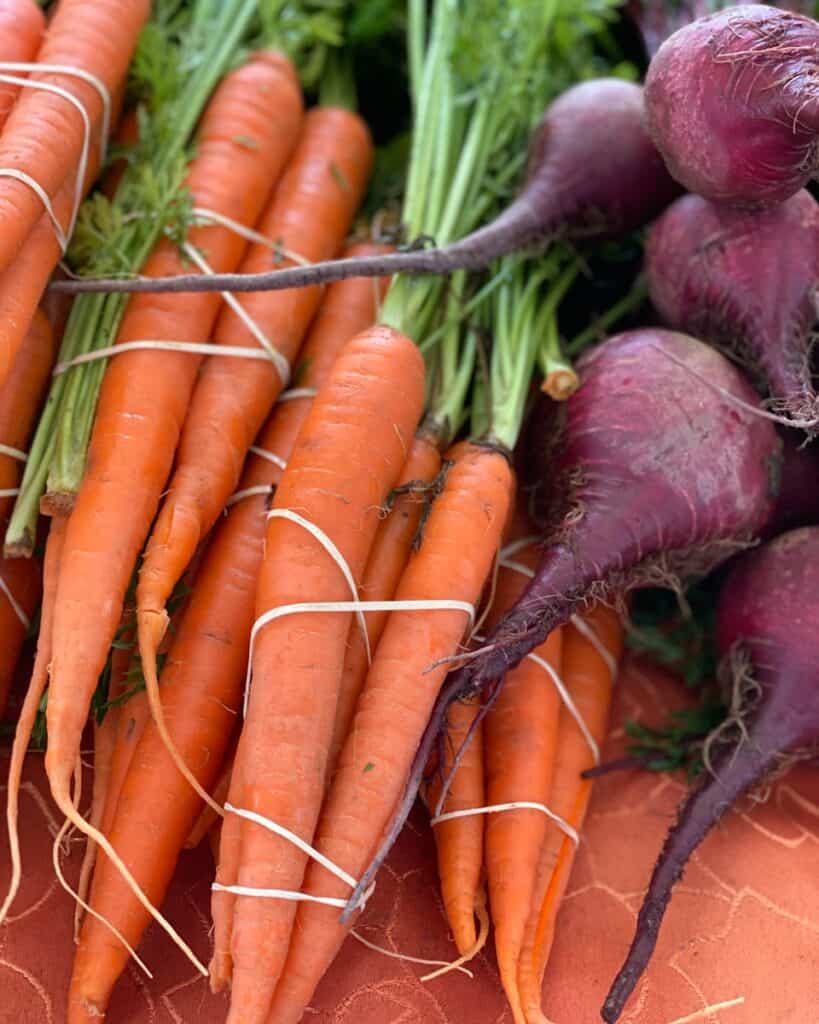
Root vegetables are at their peak during winter and offer a wealth of nutrition. These vegetables store energy in their roots, allowing them to survive the cold, which in turn provides us with dense and concentrated nutrients.
- Carrots: High in beta-carotene, which converts to vitamin A, carrots support immune health and eye health. Try roasting them with a drizzle of olive oil and thyme for a side dish or pureeing them into a creamy soup.
- Beets: Rich in antioxidants and fiber, beets are a versatile winter ingredient. Roast them for salads, blend them into smoothies, or use them as a natural sweetener in baked goods.
- Turnips and Rutabagas: Often overlooked, these cruciferous root vegetables are low in calories but rich in fiber and vitamin C. Their mild, slightly peppery flavor pairs well with stews or roasted dishes.
- Sweet Potatoes: Packed with vitamins A and C, sweet potatoes are incredibly versatile. Roast them, add them to soups, or make a nutrient-dense mashed side dish.
Cooking Tips for Root Vegetables
Roasting is a preferred cooking method for root vegetables, as it enhances their natural sweetness and creates a caramelized exterior.
To roast root vegetables, chop them into even pieces, toss them with olive oil, salt, pepper, and herbs like rosemary or thyme, and bake at 400°F until tender and golden brown.
2. Dark, Leafy Greens: Nutrient-Dense and Versatile
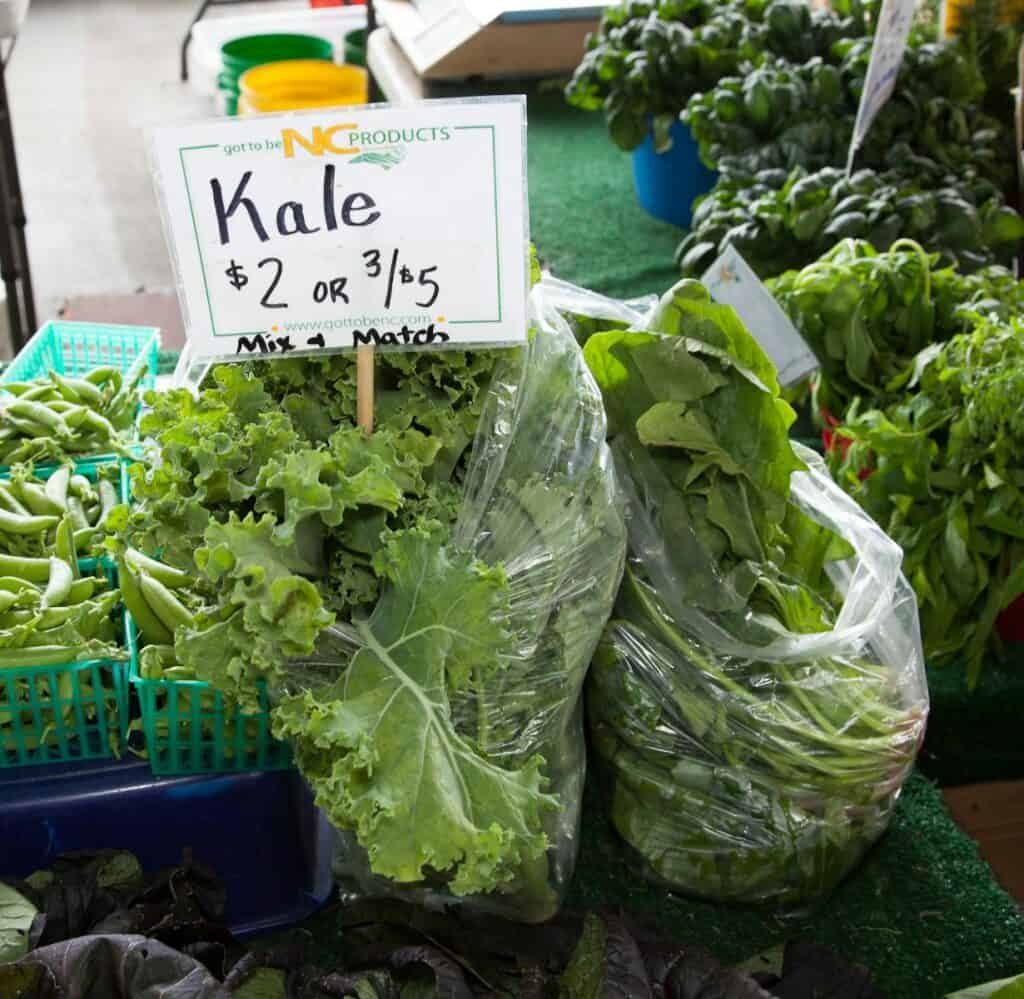
Dark, leafy greens like kale, collard greens, and Swiss chard are packed with vitamins A, C, and K, as well as minerals like calcium and iron, making them essential for winter health.
- Kale: This hardy green thrives in colder temperatures, becoming sweeter with frost. Use it in salads, soups, or even baked as crispy kale chips.
- Collard Greens: Known for their slightly bitter taste, collard greens are commonly used in stews and braised dishes. They’re a great source of fiber, helping with digestion.
- Swiss Chard: Swiss chard is known for its colorful stems and slightly earthy taste. Sauté with garlic and olive oil, or add to soups for an extra boost of nutrients.
Cooking Tips for Leafy Greens
Sautéing and braising are excellent methods for preparing dark, leafy greens. For a quick side dish, heat olive oil in a pan, add greens, and cook until wilted.
Season with salt, pepper, and a squeeze of lemon to balance the bitterness.
3. Winter Squash: Heartwarming and Satisfying
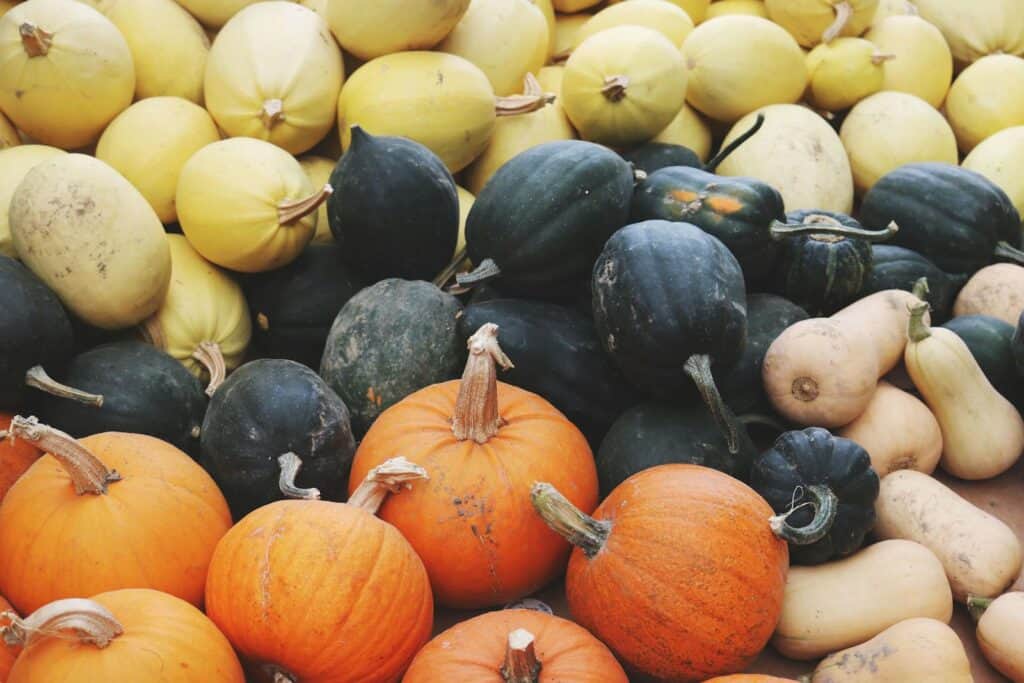
Winter squash varieties, such as butternut, acorn, and spaghetti squash, are perfect for adding natural sweetness and hearty texture to winter dishes. These squashes are rich in fiber, potassium, and vitamins A and C.
- Butternut Squash: This sweet, nutty squash is excellent in soups, risottos, and even pasta sauces. Roasting enhances its natural sweetness, while pureeing creates a smooth texture perfect for creamy soups.
- Acorn Squash: With its mild, nutty flavor, acorn squash is ideal for roasting or stuffing. It’s a good source of dietary fiber and potassium, supporting heart health.
- Spaghetti Squash: Known for its unique stringy texture that resembles spaghetti, this low-calorie squash is a fantastic pasta alternative. Simply roast, scrape out the strands, and toss with sauce for a light, satisfying meal.
Cooking Tips for Winter Squash
Roasting winter squash is an easy way to bring out its sweet flavor. Halve the squash, scoop out the seeds, brush with olive oil, and roast cut-side down until tender.
You can also puree roasted squash to add to soups, sauces, or casseroles for a creamy texture.
4. Citrus Fruits: Bright and Refreshing Winter Essentials
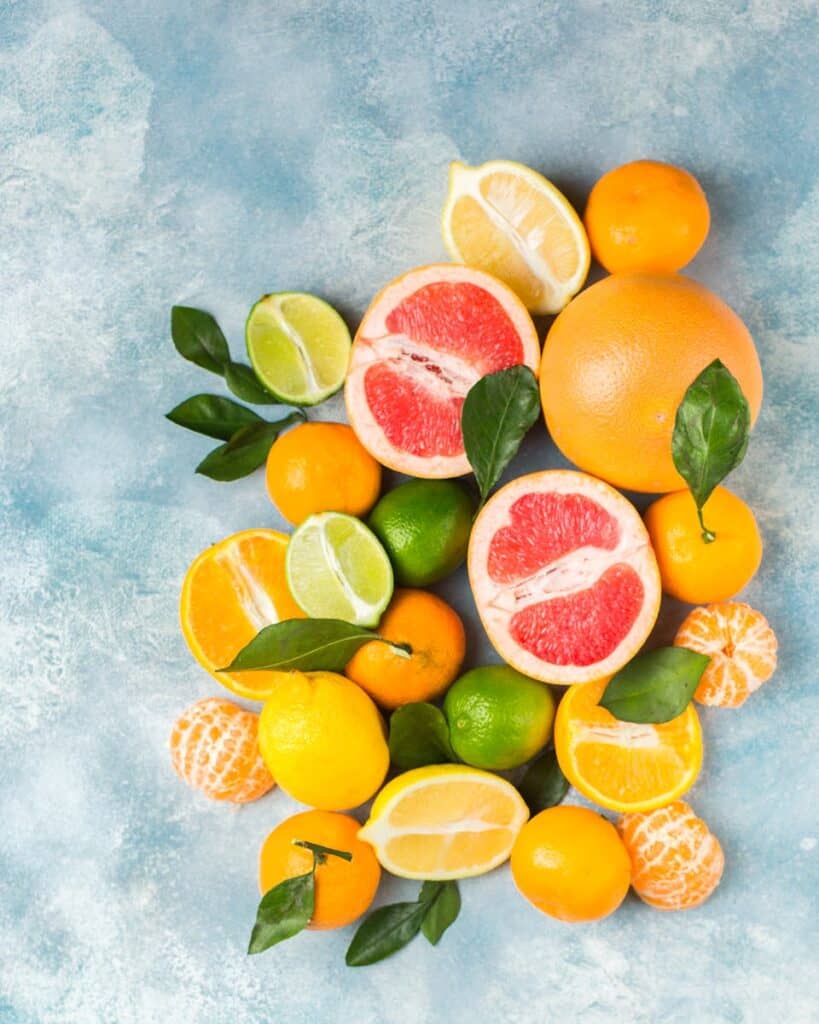
Citrus fruits like oranges, grapefruits, lemons, and limes are at their best in winter. They’re bursting with vitamin C, which is essential for a healthy immune system, and their vibrant flavors can enhance both sweet and savory dishes.
- Oranges: Whether enjoyed on their own or used in recipes, oranges add a natural sweetness and tang. Use their zest to flavor dishes or squeeze the juice into dressings.
- Grapefruits: Known for their tart, refreshing flavor, grapefruits are excellent for balancing rich dishes. Add them to salads or serve with yogurt and honey for a nutritious breakfast.
- Lemons: Lemons are a versatile citrus fruit used to brighten the flavor of countless recipes. From vinaigrettes and marinades to desserts, lemon juice adds a fresh, tangy note.
- Limes: Similar to lemons, limes provide a refreshing acidity that can enhance Mexican and Asian dishes. Use the juice and zest in marinades, sauces, and dressings.
Cooking Tips for Citrus Fruits
Zesting citrus fruits can add a burst of flavor to both savory and sweet dishes. Be sure to zest only the outer layer, as the white pith underneath can be bitter.
Incorporate fresh citrus juice into vinaigrettes, marinades, or desserts for an extra layer of brightness.
5. Pungent Herbs and Aromatics: Adding Depth and Warmth

During winter, herbs and aromatics become even more important as they add warmth and depth to dishes. Fresh rosemary, sage, thyme, and garlic are essential for hearty winter meals.
- Rosemary and Thyme: These woody herbs pair beautifully with root vegetables, meats, and roasted dishes. Use them to infuse oils or sprinkle them over roasted vegetables.
- Sage: Known for its earthy flavor, sage complements winter squash, poultry, and sausage dishes. Add a few leaves to brown butter for a rich, nutty flavor that elevates pasta or roasted squash.
- Garlic and Ginger: Both garlic and ginger are powerhouse ingredients for winter cooking. Garlic adds a pungent depth, while ginger provides a warm spiciness. Together, they’re perfect for stir-fries, soups, and marinades.
Cooking Tips for Herbs and Aromatics
Add fresh herbs at the end of cooking for a burst of flavor, while dried herbs are best added earlier to allow their flavors to develop.
For garlic and ginger, finely mince them and sauté in oil before adding other ingredients to create a fragrant base for soups, sauces, and stews.
6. Hearty Grains and Legumes: Fueling Energy and Warmth
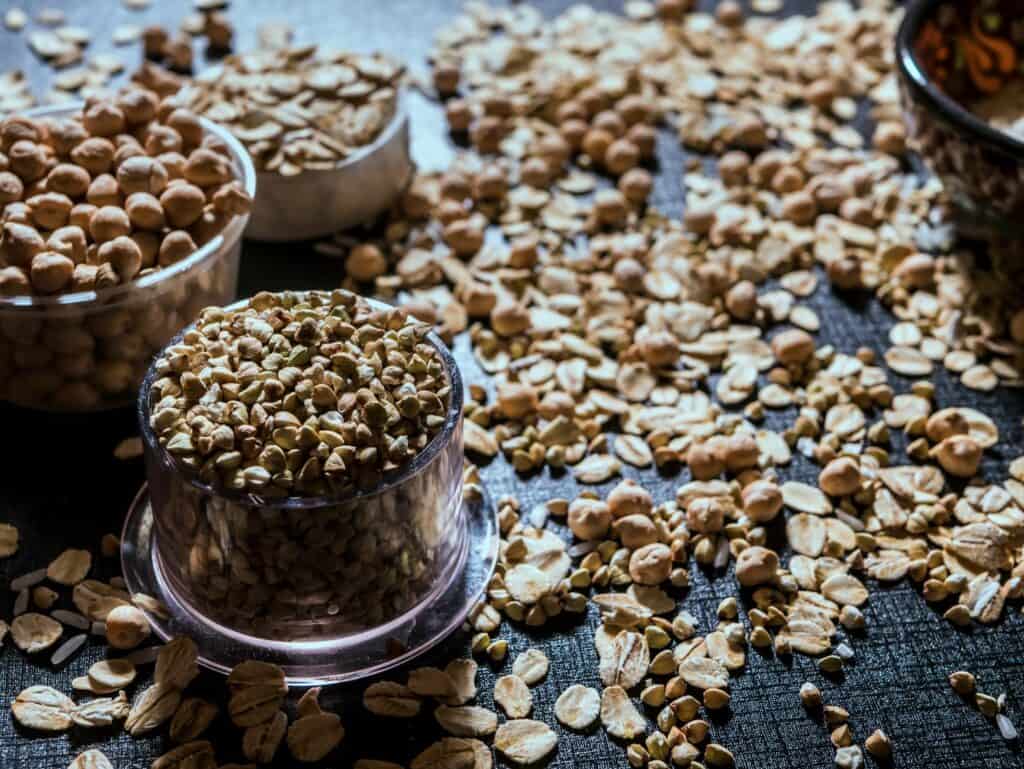
Winter is an ideal time to incorporate hearty grains and protein-rich legumes into meals for lasting energy and warmth.
- Barley: This ancient grain is a great source of fiber and adds a chewy texture to soups and stews. Try making a barley risotto or adding it to vegetable soup for a satisfying meal.
- Lentils: High in protein and fiber, lentils are a fantastic plant-based option. They cook quickly, making them ideal for soups, curries, and salads.
- Farro: Farro is an ancient grain with a nutty taste and chewy texture. Use it in grain bowls, soups, or as a side dish with roasted vegetables.
- Chickpeas: Versatile and high in protein, chickpeas can be added to stews, roasted as a crunchy snack, or pureed into hummus.
Cooking Tips for Grains and Legumes
Soaking grains and legumes before cooking can reduce cooking time and improve digestibility. For soups and stews, cook grains and legumes separately to avoid overcooking.
When ready, add them to the dish for a final warm-up before serving.
Takeaway
The cold season lasts longer than usual but comes with its own unique set of ingredients. These ingredients have a lot of flavors and I must say, a diet rich in winter ingredients can be very beneficial.
This also enables ‘warm food’. That is the preparation of health laden dishes even when the coldest season arrives. This is also why the challenge of winter cooking is so wonderful – there are plenty of helpful ingredients to use.
There’s so much more to cooking in winter, so get bored of creative activities like making garlands and begin cooking instead!